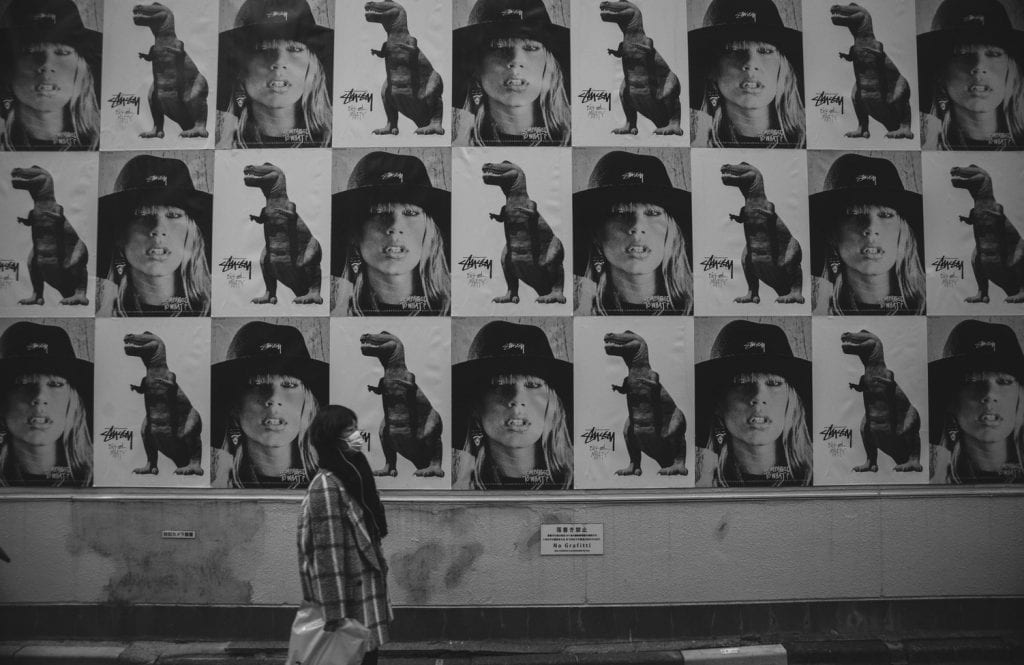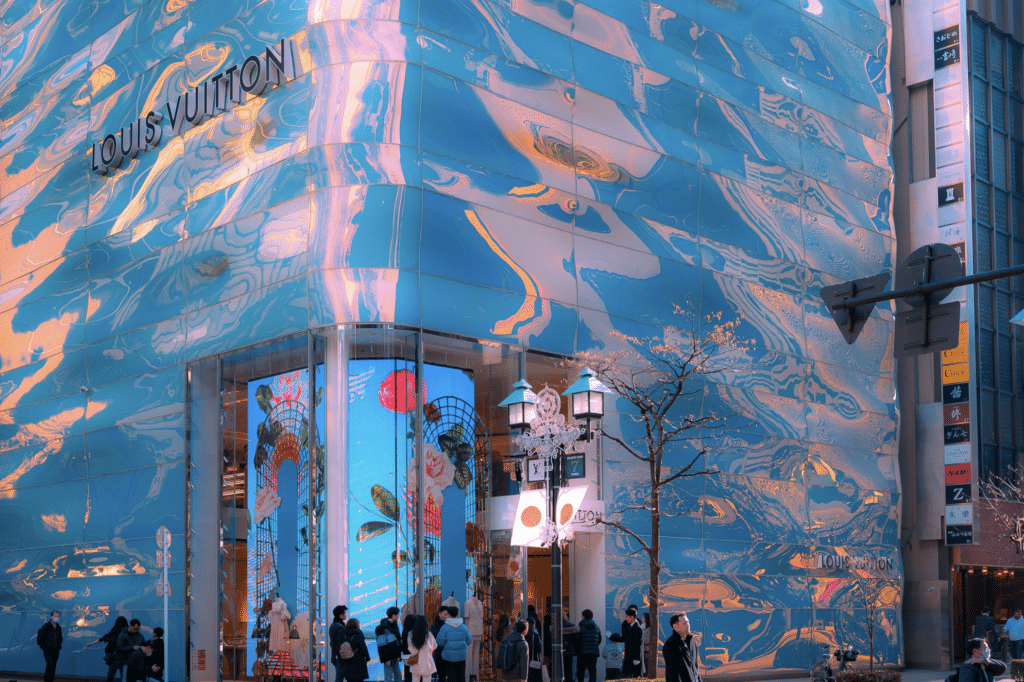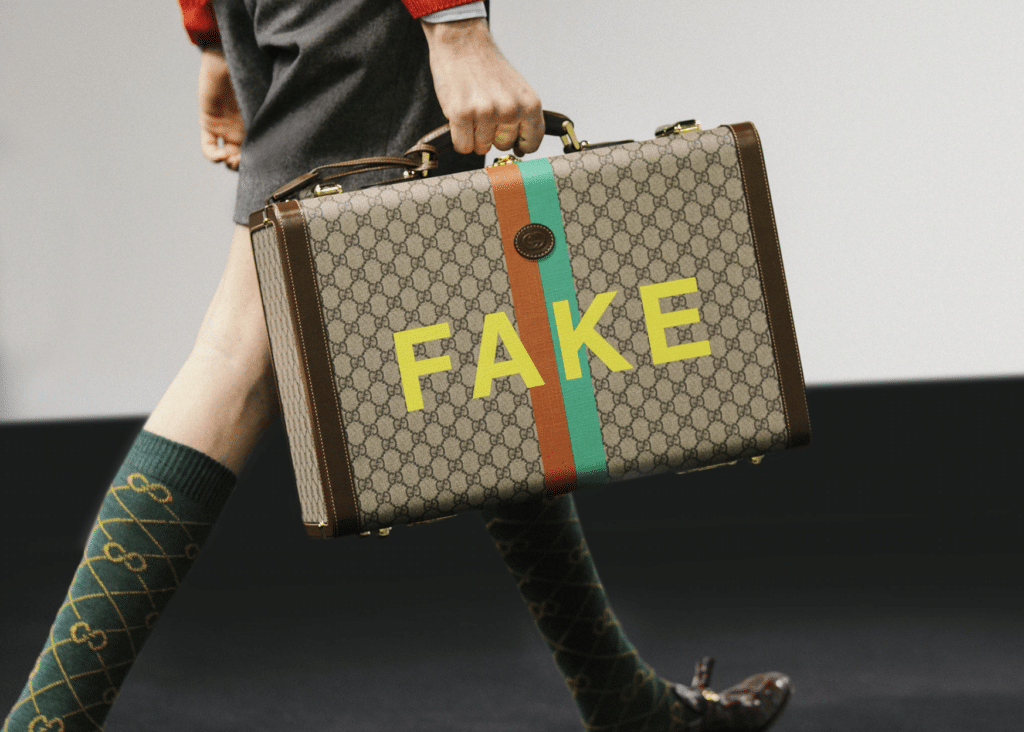“Streetwear is not a trend within fashion but rather the fashion component of a larger popular culture shift that spans fashion, art and music,” one that has “single-handedly subverted the traditional fashion system by redefining its main component: exclusivity,” Hypebeast states in a newly-released report about the streetwear market – one it defines as centering on “fashionable casual clothes, [including] t-shirts, hoodies and sneakers” – and the streetwear consumer.
As distinct from traditional luxury fashion, which “largely derives its exclusivity from a high price point, streetwear’s exclusivity is contingent on know-how,” according to the report, which was produced in collaboration with PwC’s consulting arm strategy&, and is based on information gathered by way of a consumer survey of 40,960 respondents across the globe and an industry survey of 763 different “industry players.”
More than merely emerging “as an antidote to wider fashion trends, stemming from countercultures like skate, surf and hip-hop,” streetwear is driven by a confluence of factors that “are unprecedented in fashion: men showing interest in style, casual clothing taking a front row seat and the luxury elite bending to the taste of popular demand.”
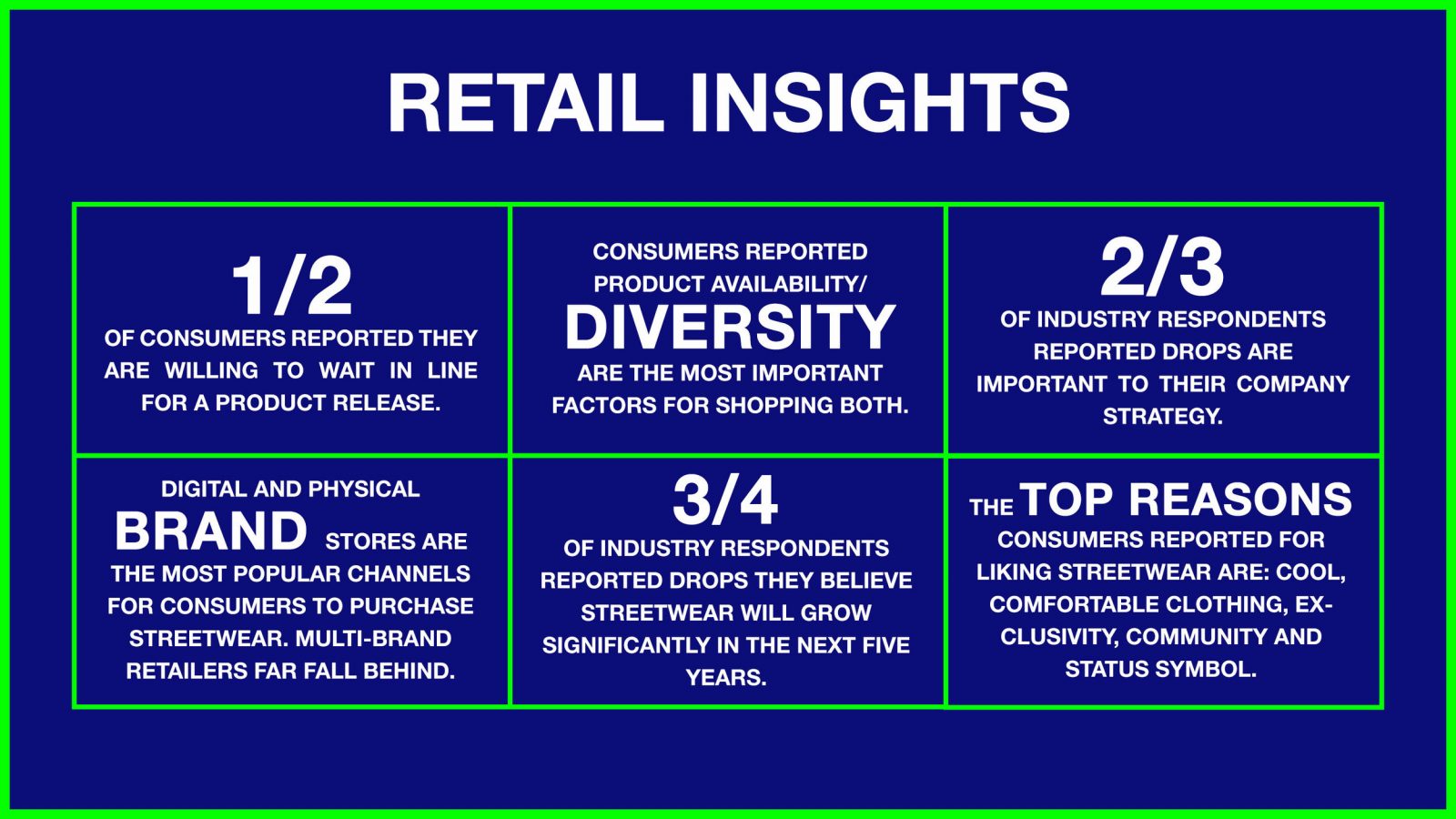
Beyond that, the report notes that streetwear is markedly different from the luxury model in another way: “the streetwear consumer has as much power as an industry insider to determine what’s popular.” Unlike the high fashion industry, which has typically operated a top-down model in which “industry insiders act as gatekeepers to the newest styles and trends,” streetwear operates in a different way. The industry “has turned this model upside down, subverting the formula with a more accessible, democratic one.”
The result? A level of authenticity that is “unmatched elsewhere in the fashion industry,” paired with “an almost cult-like, tight-knit” direct-to-consumer relationship between streetwear brands and their consumers.
This community of consumers is solidified thanks to the fact that many of the products at play “can only be purchased directly from a brand by way of the ‘drops’ model, [which sees] customers rally to be the first online or in-store to secure products that are released at a particular place and time.”
If executed properly, this model enables a brand to “leverage drops to keep supply of a new product strictly below demand. In turn, the product will experience high-sell through; appear on the resell market” – which is “integral to how streetwear works, as it serves as a metric for a brand’s success: the more valuable a product, the higher its resell price tag” and ultimately, give rise to “more demand.”
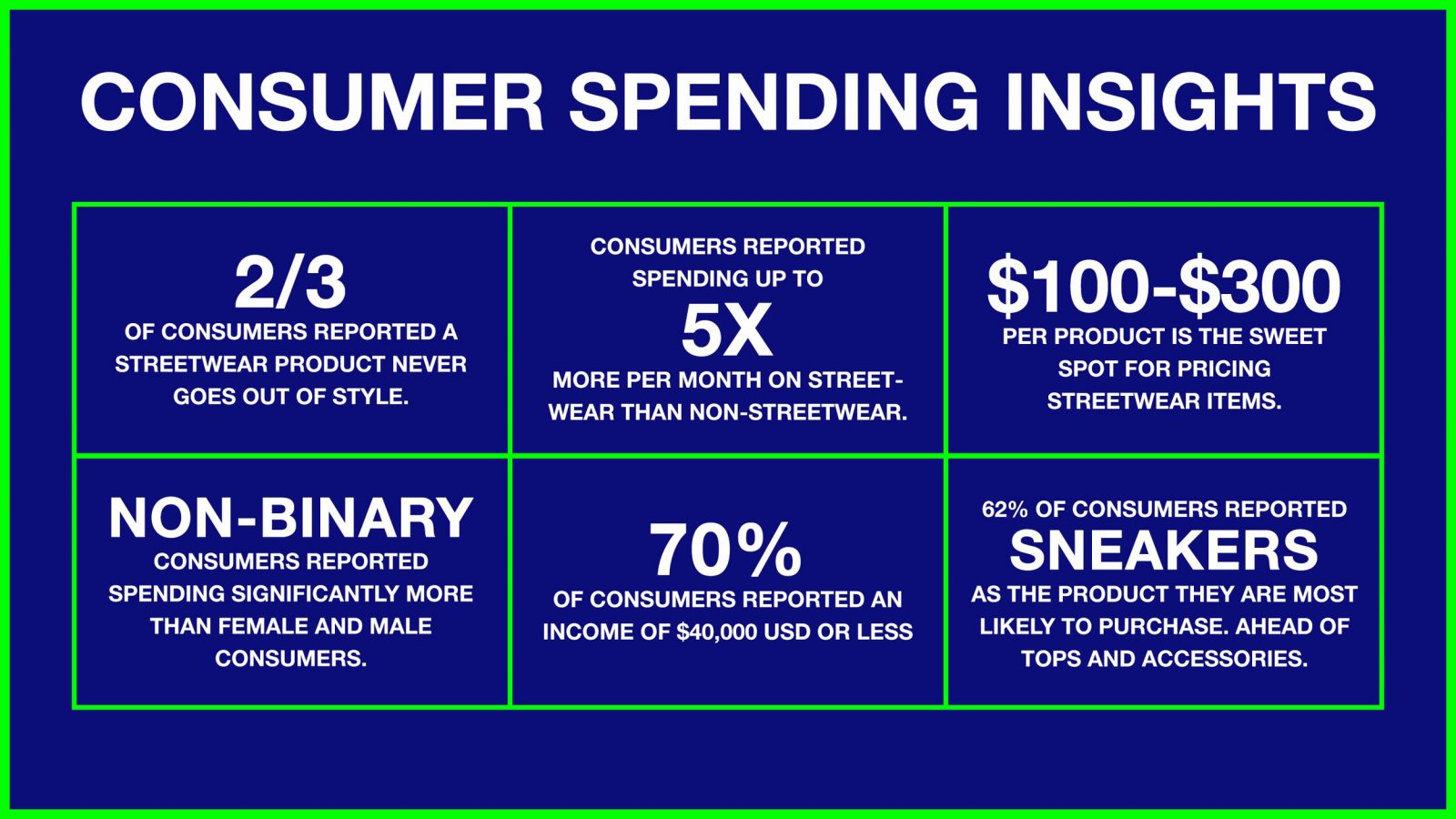
Streetwear consumers are, according to Hypebeast’s findings, largely willing to spend each month on newly dropped products from the likes of Supreme, Off-White, Nike, Stussy, Palace, and BAPE, among others. “Just over half (54 percent) of consumers reported spending $100-$500 on streetwear each month, while another 18 percent indicated they spend over $500.”
“A high percentage – 56 percent,” according to the report – revealed that they “spend an average of $100-$300 on a single item of streetwear, [while] another 16 percent reported an average spend of $300-$500” with top products including hoodies, t-shirts, footwear, accessories, pants, and bags, in that order.
Numbers aside, the report asserts that streetwear’s biggest “influence” is authenticity, and consumers in this realm “crave interactions with brands, friends, influencers and creative directors, who have deep roots and knowledge in the community.” After all, “unlike traditional luxury fashion, when it comes to purchasing original streetwear clothing knowledge is needed – not just money,” and that knowledge is largely fostered, according to industry insiders, by “consumers turning to their peers for inspiration as much, if not more, as they are to fashion leaders.”




